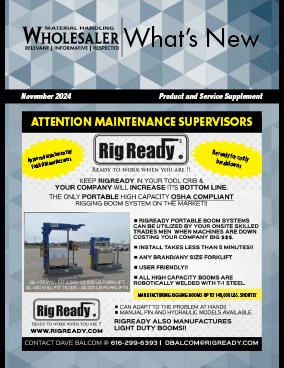Law Enforcement and Local Government Leadership to Congress: Keep Bigger Trucks off Our Roads
Law enforcement and local government leaders from across the country will be on Capitol Hill Wednesday, June 4, to tell Congress they don’t want motorists in their towns sharing the roads with bigger, more dangerous trucks. They are waging a battle against special interests pushing federal legislation that would allow heavier and longer semi-trucks on our nation’s roads, endangering unsuspecting motorists.
Law enforcement and local government officials from nine states are making the trip to Washington at the invitation of the Coalition Against Bigger Trucks (CABT), a nonprofit grassroots organization that for the past 30 years has successfully opposed federal legislation that would increase truck size and weight. Leading the efforts this week on Capitol Hill is a member of the Coalition Against Bigger Trucks’ Law Enforcement Board, Past President of the International Association of Chiefs of Police, and retired Buffalo Grove Police Chief, Steven Casstevens, who added his name to a letter sent to House and Senate Committee leadership in January.
“Every time Congress entertains proposals for heavier or longer trucks, they gamble with public safety,” said Casstevens. “We’re not here to talk hypotheticals—this is real-world danger. Heavier trucks mean more frequent crashes and added risks for every motorist and first responder. It’s time for Congress to stop entertaining these reckless ideas and start prioritizing safety.”
The 119th Congress will be reauthorizing the surface transportation authorization bill, also known as the highway bill, where the issue has already been raised in Congressional hearings this year. The current bill expires in September 2026, and lawmakers are already holding hearings to determine transportation priorities, including whether to allow bigger trucks on the nation’s roads.
“Law enforcement leaders aren’t speculating—we’re speaking from decades of firsthand experience,” added Casstevens. “Heavier and longer trucks not only raise the risk of crashes, they also make every roadside stop more hazardous. Congress has a responsibility to every community we serve to stop these proposals in their tracks.”
Past proposals to raise truck size and weight limits, which will resurface, include:
- A 91,000-pound “pilot project”, allowing states to authorize operation of these dangerous, heavier trucks on roadways for up to 10 years, turning interstates into test tracks and motorists into guinea pigs. These trucks would be 5 ½ tons heavier than what the current law allows.
- Language for a proposal that would turn the responsibility of interstate commerce over to states, creating a logistical nightmare, which could see every state with its truck weight limits.” This language as written would allow any governor the authority to raise truck weights in their state during an emergency or during “unusual conditions,” including a vague and open-ended definition of supply chain impairment. This provision is another attempt by proponents of bigger trucks to put more dangerous trucks on the road, with virtually no oversight.
In March, lawmakers introduced bills in the House and Senate that would dramatically expand where heavier log trucks can operate on interstates. In February, House lawmakers introduced another bill that would increase the maximum allowable weight to 90,000 pounds for trucks carrying agricultural and forestry products on Virginia’s interstates.
Key Facts:
- According to the most recent available data, there were 159,967 large truck crashes in 2023 in the United States, resulting in 75,670 injuries and 5,472 fatalities. • The latest data show a deadly and dangerous trend over time – a 37.5% increase in fatalities since 2013, when 3,981 fatalities involving large trucks were recorded. • A 2016 U.S. Department of Transportation study found that heavier trucks were 47%-400% more likely to be involved in a crash compared to standard 80,000-pound trucks. • The study also found higher rollover rates, higher brake violation rates, and higher out-of-service violation rates. A 2016 study by the Insurance Institute for Highway Safety found that any truck with an out-of-service violation is 362% more likely to be involved in a crash.
- According to an updated CABT study, 91,000-pound trucks would put over 720 locally owned bridges at risk across the country, requiring replacement costs of more than $775 million. These figures do not account for the shortened lifespans all bridges would face, and it’s a cost that would fall largely on local governments.











